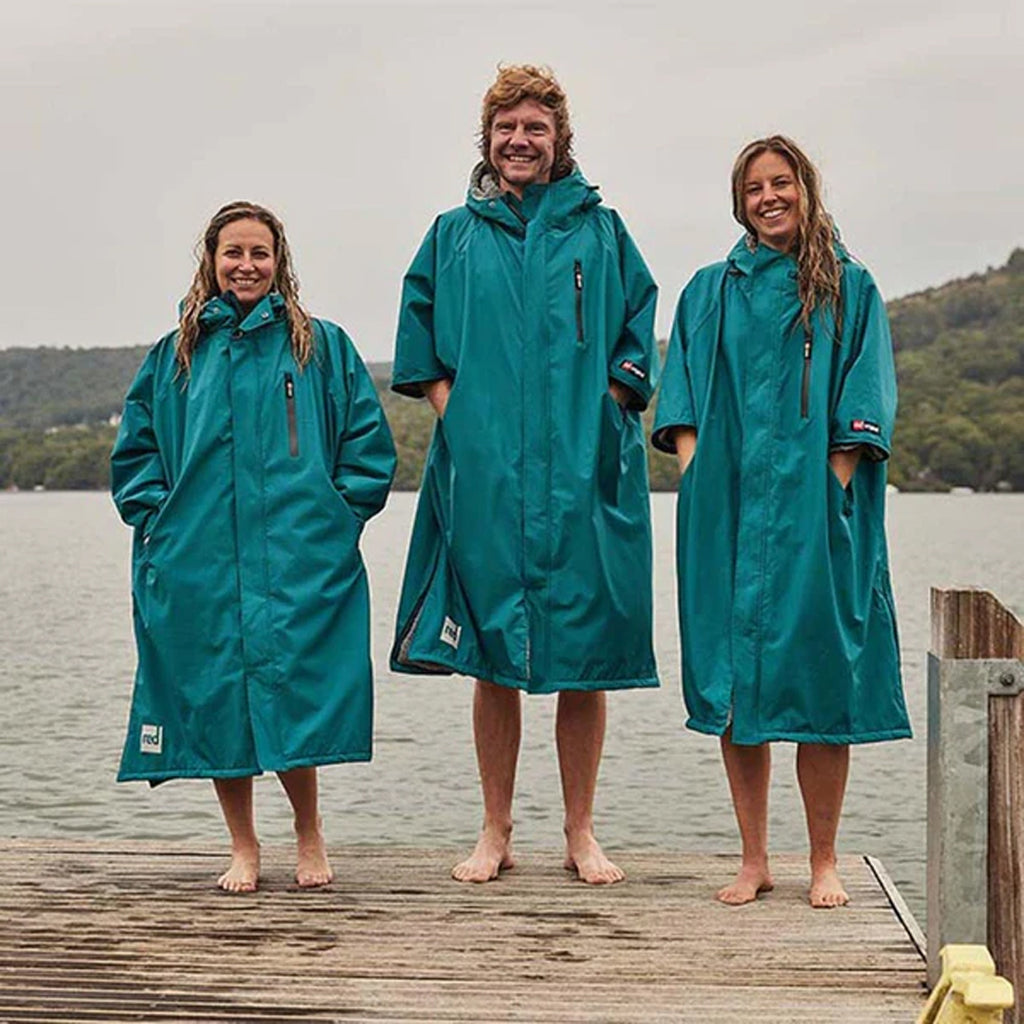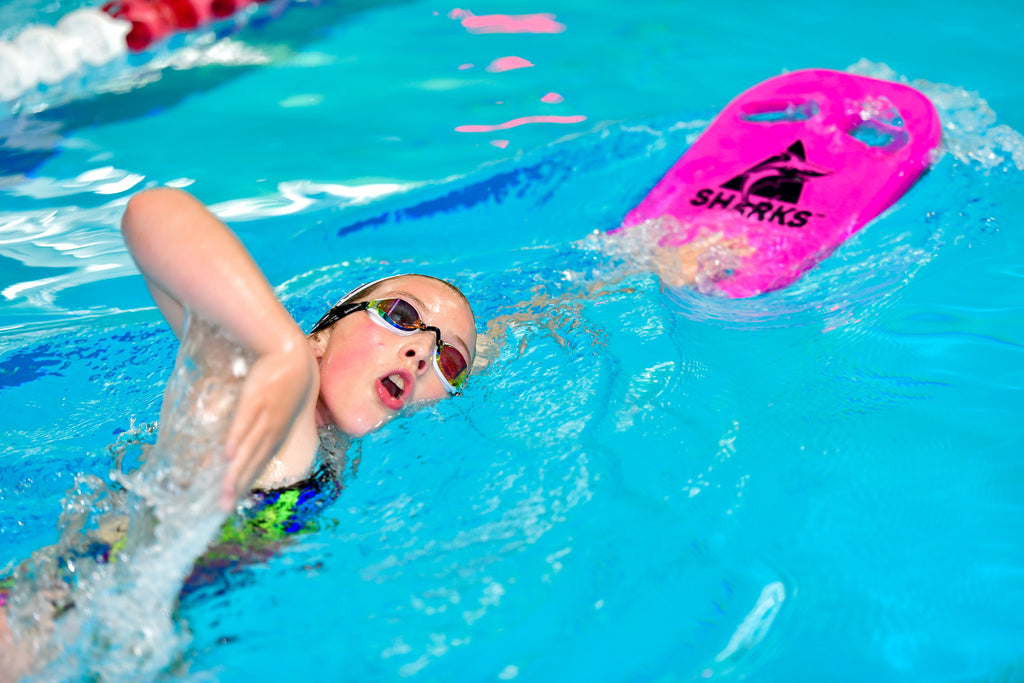Winter Swimming Tips
 Winter swimming has been a popular trend in the UK for a number of years and in particular on Boxing and New Year’s Days. But why do thousands of Brits hit the freezing sea during the cold winter months? Ask anyone who has done it; winter swimming can be a refreshing and exhilarating experience. Importantly, swimming in Britain is very safe provided you take a few basic precautions. There are a number of winter swim events across Wales for you to dip your toe in this year.
Winter swimming has been a popular trend in the UK for a number of years and in particular on Boxing and New Year’s Days. But why do thousands of Brits hit the freezing sea during the cold winter months? Ask anyone who has done it; winter swimming can be a refreshing and exhilarating experience. Importantly, swimming in Britain is very safe provided you take a few basic precautions. There are a number of winter swim events across Wales for you to dip your toe in this year.
What to wear for a winter swim
The sea is usually at its warmest in September, when the sun has been heating it up all summer. Believe it or not, the sea is actually at its coldest in April, making October to February temperatures quite a pleasant surprise.
You can wear a wetsuit if it makes you feel more confident, but many winter swimmers prefer to wear a swimsuit so the body is in contact with the cold water. Once you get used to the temperature, it's a lovely experience. You can try a wool hat over a swimming cap to keep your head warm, and wetsuit gloves and boots will protect your extremities.
Keeping safe
People with heart conditions or asthma should not to attempt winter swimming at all. According to the Outdoor Swimming Society: "Anyone with a heart condition and asthma has good reason not to attempt winter swimming at all." If you are unsure, you should talk to your GP beforehand.
Also, the sea is often much rougher in winter, so be sensible about where you choose to swim.
You should never go out of your depth, and if you're swimming in rivers, lakes, pools or ponds, always make sure you've identified where you can climb out before you leap in, avoiding seaweed-slicked or steep-sided rocks. It's also a good idea to have someone keeping an eye on you, just in case something goes wrong. Or, even better, find a friend to swim with you and you can spur each other on.
Hitting the Water
There are a number of stages you can go through to make the dip into the winter water easier to cope with. We recommend that, first of all, you go in up to your knees, wait for a few seconds and then wade out to your middle. As long as you feel comfortable, then wade out further so the water is over your chest. Pause for a few more second and then dive in.
Not everyone likes going underwater but there is nothing like the electrifying flash of cold water across your head. Once you're in, don't feel pressure to swim very far; you should relax, as this is about pleasure, not burning calories.
Unless you swim every day outdoors, then your body won’t have had the chance to build up resistance to the cold. If you’re a first timer, you should only stay in the water for around 2 minutes and then build up gradually to longer sessions.
Getting out of the water
The rush of adrenaline will make you feel warm for a few minutes after you get out, but you should immediately strip off, rub yourself down and get as dry as you can before you start shivering. Dry robes from Sharks Swim Shop in Swansea are great for outdoor swimmers as they slip easily over the costume and enable to take off wet swimwear without exposing too much flesh to the cold air. A swimzi is also a good investment as they are full length and will keep you warm and snug once your swim is over.

It’s important that you don't heat your body up too fast. The best way to keep warm is to wear lots of thin layers rather than just one big, chunky jumper, and a hat will keep your head warm. Keep moving, stamp your feet, rub your hands and let the endorphins wash over you.
For more ideas on what to wear for a winter swim, visit Sharks Swim Shop website by clicking on the image below:







